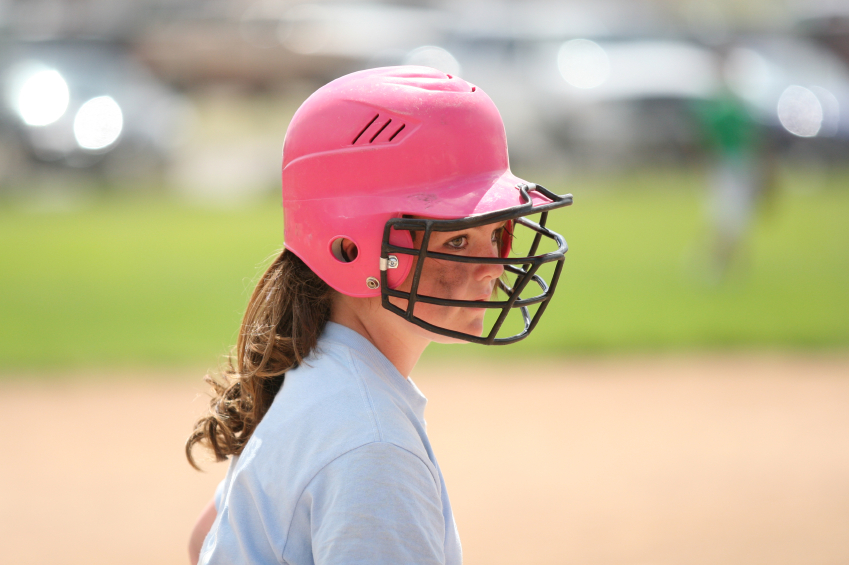April is here and the boys of summer (and the even younger boys and girls of Little League) are about to take the field for the national pastime. It’s also the time of year when parents should remember the cautionary tale of Kirby Puckett.
The Minnesota Twins centerfielder, a 10-time all-star and Hall of Fame inductee, was one of the best in the game, a legend. And his career was cut short because of an eye injury.
After getting hit by a fastball at the end of the 1995 season, shattering his jaw and bones in his eye orbit, Puckett was out of baseball the following spring when the injury and an undiagnosed case of glaucoma led to him losing vision in his right eye.
After 12 years of facing fastballs at the major league level, he was finished at age 36 – still young, in baseball terms.
Protect your eyes
Each year, tens of thousands of eye injuries occur, with participants in baseball particularly in danger, according to the American Academy of Ophthalmology (AAO). Blunt trauma, when something hits you in the eye, is the most common injury with injuries ranging from an orbital fracture of the bones around the eye to more serious maladies like a ruptured eyeball or a detached retina. About 13,500 of the 100,000 estimated sports-related eye injuries result in permanent vision loss.
In support of Sports Eye Safety Month this April, the AAO reminds athletes everywhere that most injuries can be prevented by simply wearing appropriate eyewear. Helmets and face guards protect your face, but not necessarily your eyes. According to AAO guidelines, you should wear polycarbonate lenses at least three millimeters thick. The lenses, which come in plain and prescription form, are impact resistant and offer the best protection.
Here are five tips to keep in mind when thinking about eye protection:
- Don’t assume you can avoid the risk
One in 18 of polled NCAA student-athletes sustain an eye injury each season. That number was one-in-10 for basketball players and slightly greater for baseball players, though the types of injuries suffered by baseball players were more serious.
- Avoid your everyday eyeglasses
If hit, your glasses can shatter, leading to penetrating eye injuries. According to another study sponsored by the Academy of Opthalmologists, sports participants using “street wear” are at a far more severe risk of eye injury than players not wearing protection at all.
- Remember, eye problems don’t always come from blows
Radiation injuries attributed to exposure to ultraviolet light from the sun are on the rise, so team doctors are suggested tinted gear for outdoor teams like those to mind baseball teams.
- Ask for help
Your eye doctor can help you select the gear that gives the most protection and keeps you on the field.
- Get checked out
Athletes with eye injuries should only return to play if it’s safe. Returning too early may make you susceptible to a greater injury. The injured eye, say AAO guidelines, should feel comfortable. Vision should not be impaired, and you should never try to “tough it out.”
Follow these guidelines, and keep your eye on the ball!


